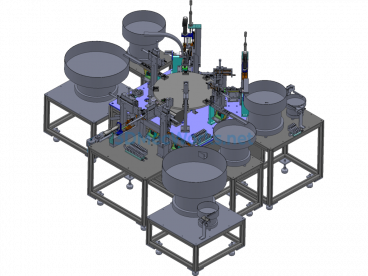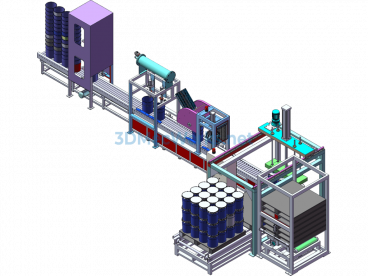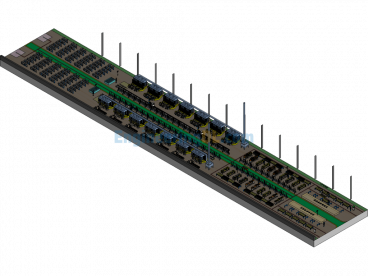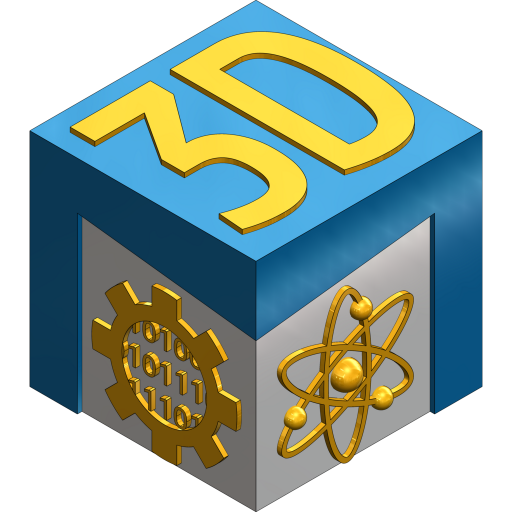The screw conveyor is divided into two types based on the conveying forms: shafted screw conveyor and shaftless screw conveyor. In terms of appearance, it is divided into U-shaped screw conveyor and tubular screw conveyor. The shafted screw conveyor is suitable for non-sticky dry powder materials and small granular materials (e.g., cement, fly ash, lime, grain, etc.), while the shaftless screw conveyor is suitable for conveying sticky and easily entangled materials (e.g., sludge, biomass, garbage, etc.).
The working principle of the screw conveyor is that the rotating screw blades push the material for conveying, and the force that prevents the material from rotating with the screw blades of the conveyor is the material’s own weight and the frictional resistance of the conveyor casing against the material. The screw blades welded on the rotating shaft of the screw conveyor come in different shapes based on the conveyed materials, such as solid surface type, belt type, and blade type, among others.
At the end of the screw conveyor’s screw shaft in the material movement direction, there is a thrust bearing to provide axial counterforce to the screw from the material. For long conveyors, an intermediate hanging bearing should be added.
Specification: 3d Model of a Screw Conveyor
|
User Reviews
Be the first to review “3d Model of a Screw Conveyor”
You must be logged in to post a review.













There are no reviews yet.